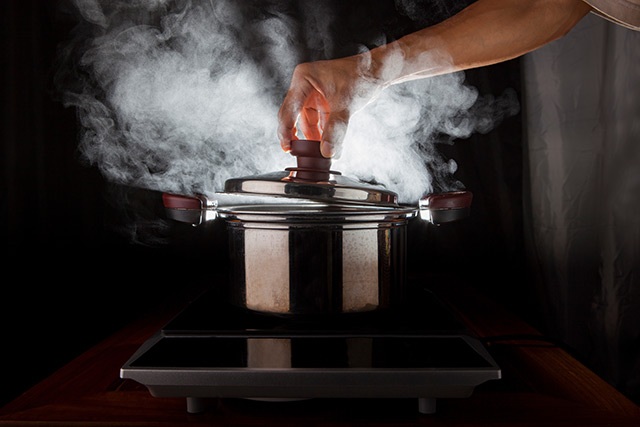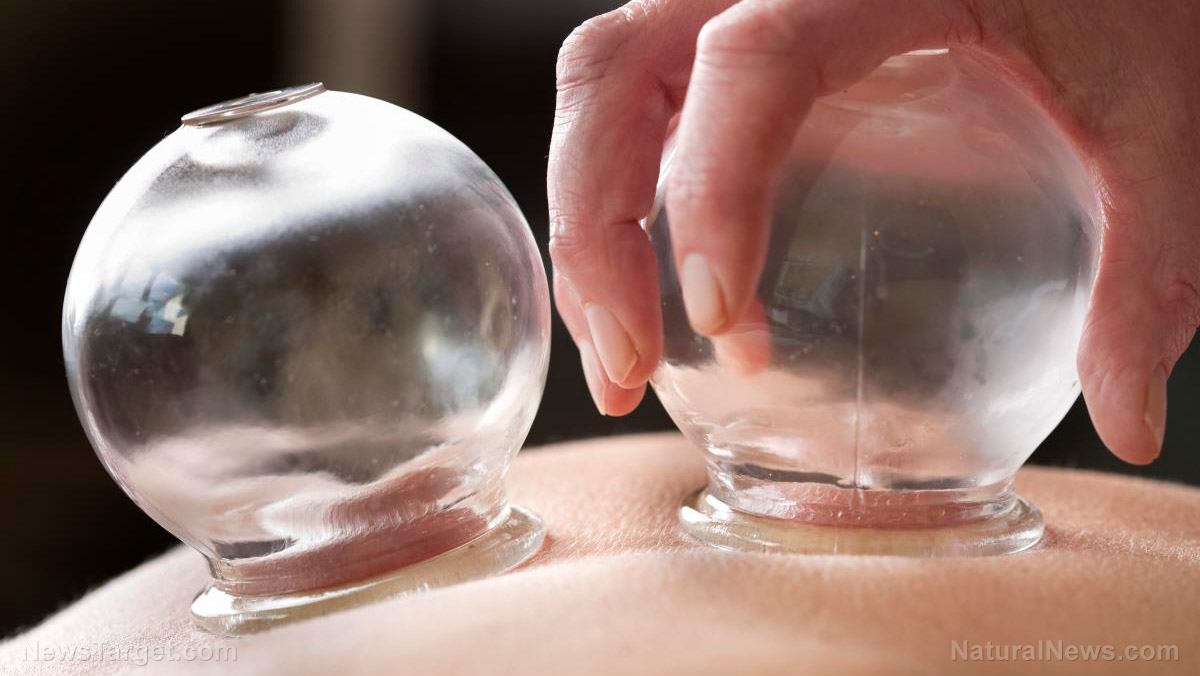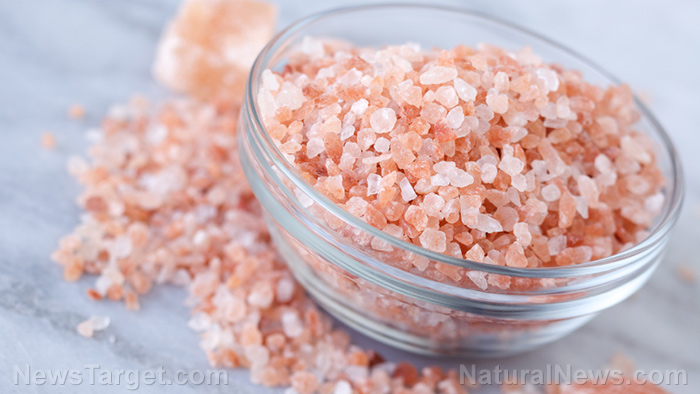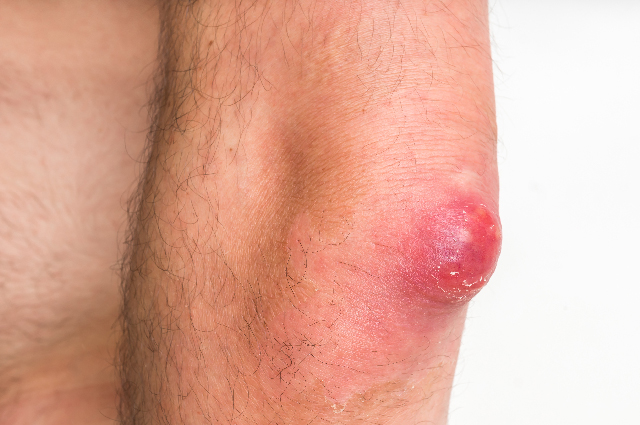What you need to know about steam burns
06/19/2018 / By Michelle Simmons

Steam burns may look harmless on the outside, but research has shown that the lower skin layer, which is invisible to the naked eye, may already be severely damaged. Researchers at Empa revealed how this happens in their study, which was published in the journal Scientific Reports.
In their study, they used pig skin to mimic the effects of a steam burn in human skin. After exposing the skin to hot steam, they examined the water content of the different layers of the skin with the use of Raman spectroscopy, an analytical method that allows conclusions to be drawn about material properties through the scattering of light.
Scientists discovered that during exposure to hot steam, the heat first penetrates the upper layer of the skin, eventually reaching the lower skin layers. While the process is also seen when the skin is exposed to dry heat, it happens faster in hot steam – with an increase in water content for all skill layers happening in the first 15 seconds. This is because the uppermost layer of the skin has pores that are typically much bigger than a water molecule, allowing water vapor to pass through them without any hindrance. It’s only when the epidermis becomes swollen from the amount of water it has absorbed that the pores become too small for the water vapor. However, the lower skin layers may have already been damaged, even if it’s invisible at first.
The afterburn effect is a problem with all burns. The epidermis, the outer layer of the skin, is a relatively poor heat conductor. After the skin has absorbed heat, particularly in the lower layers of the skin, the releasing of heat occurs very slowly. Because of this, the heat can harm the tissue for longer and cause more damage. This effect is especially strong when burns are caused by water vapor.
People who work with steam pipes or in the kitchen are often at risk of steam burns. When the boiling hot steam comes into contact with the skin, it will immediately cause burns. Even firefighters are also at risk because of their own sweat. If their sweat evaporates under the heavy protective clothing in the heat of the fire and is trapped, it condenses on the cooler skin and burns it.
“In the case of a steam burn, the skin must, therefore, be cooled for a long time – two minutes in an ice bath is not enough to dissipate the high amount of energy from the deeper layers of skin,” explained René Rossi, lead researcher of the study.
First aid for steam burns
Here are some things you can do to minimize the damage caused by steam burns.
- Stop the burning – Immediately remove the area from contact with steam; if clothing is stuck on the skin, tear or cut around it.
- Cool the burn – The burn needs to be cooled for a long period of time. This can be done by running cool water on the burned area for at least 10 to 15 minutes. This will completely cool the temperature and avoid further heat penetration. While a cool compress can be used in place of running water, do not cool burns with ice water because ice can also cause burns. Ice can also lower body temperature and cause shock.
- Protect the burn – Cover the burn with a sterile, non-adhesive bandage or a clean cloth. Do not put egg, butter, salt, ointments, or any other liquids on the burned area. Also, avoid breaking the blister or breathing or coughing on the burn.
- Relieve pain – Relieve pain with natural pain relievers like honey. (Related: Off-grid medicine: Treating a burn at home, naturally.)
- Seek professional help – You need to get medical help if the pain and redness do not go away after several hours, the pain worsens, and if there are signs of infection like increased pain, swelling, redness, offensive discharge, and fever.
Learn more about other remedies that promote skin healing at Remedies.news.
Sources include:
Tagged Under: afterburn effect, burn treatment, Burns, hot steam, natural cures, natural healing, Natural Treatments, remedies, research, science, Skin, skin care, skin healing




















